Article and Blogs
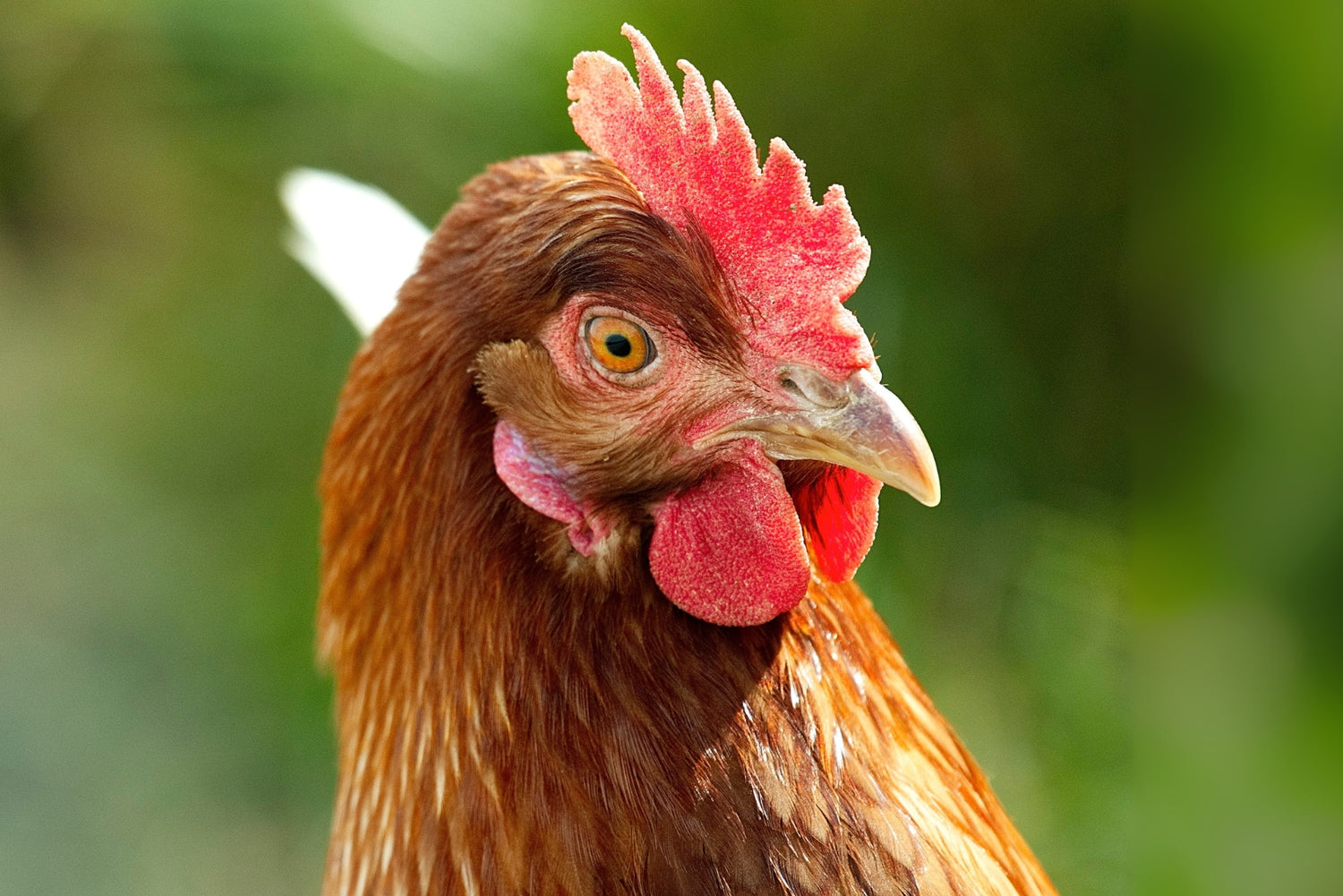
Red Mite Control: A Practical Guide for Commercial Poultry Farmers
Red mites (Dermanyssus gallinae) are a major challenge for commercial poultry farms, causing stress, anaemia, reduced egg production, and higher disease risk. Fast to reproduce and able to survive months off the host, they’re difficult to eradicate once established.
Effective control isn’t about quick fixes, it requires routine monitoring, strict biosecurity, and targeted treatments. This guide highlights practical strategies to manage red mites and protect both flock health and farm productivity.
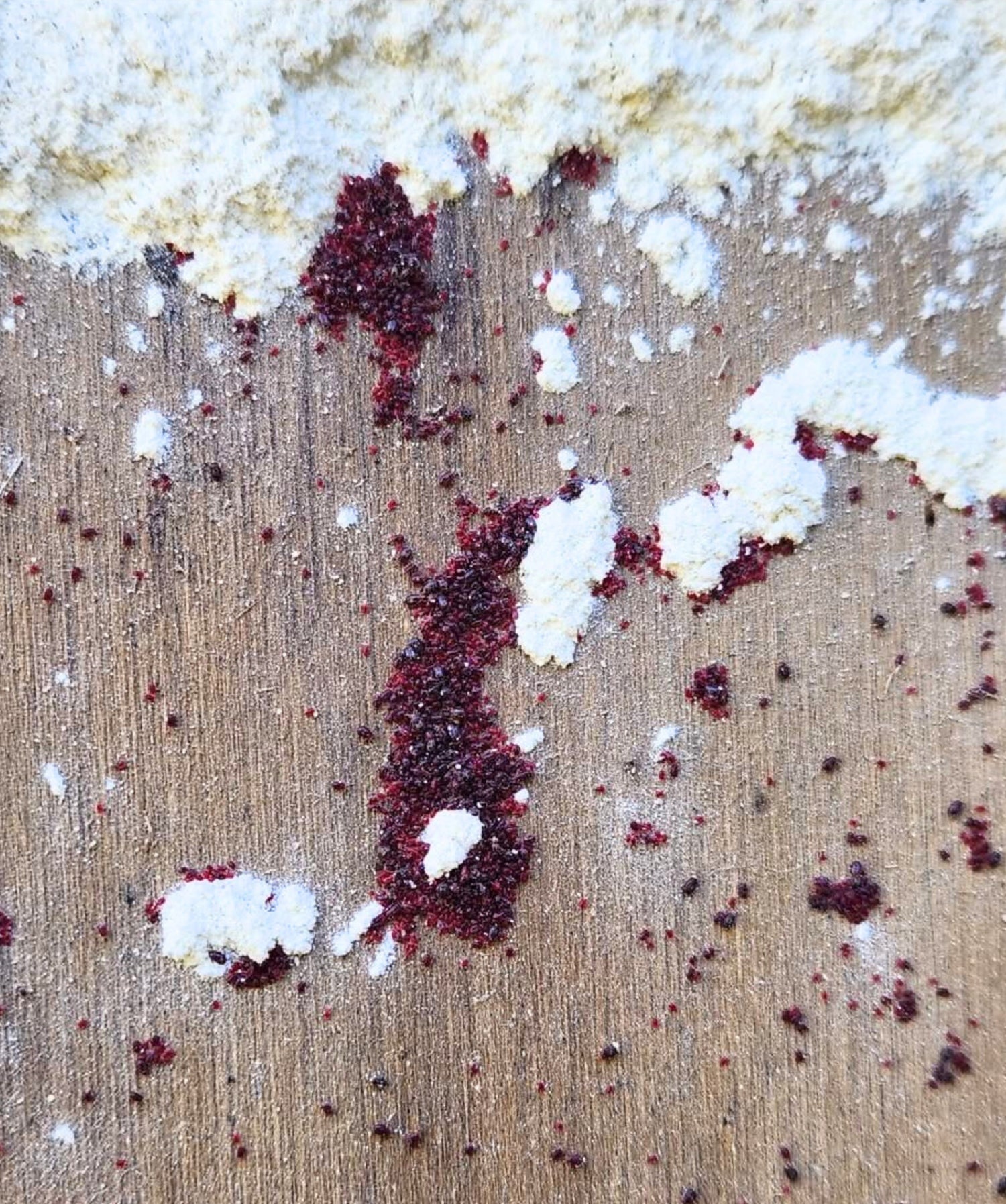
Understanding Red Mites
Poultry red mites (Dermanyssus gallinae) are nocturnal, blood-feeding ectoparasites that hide in cracks and crevices during the day and emerge at night to feed on birds. These mites thrive in warm, humid conditions, making infestations particularly severe during the warmer months. They cause considerable stress, irritation, anaemia, reduced egg production, poor feed conversion, and, in serious cases, increased mortality. They can also bite humans and other animals, leading to skin irritation and discomfort, and are known vectors of poultry pathogens.
A single female red mite can lay up to seven eggs after a blood meal, and the entire life cycle—from egg to adult—can be completed in just 7–10 days under optimal conditions. This rapid reproductive cycle enables population explosions in poorly sanitised environments or when control measures are delayed.
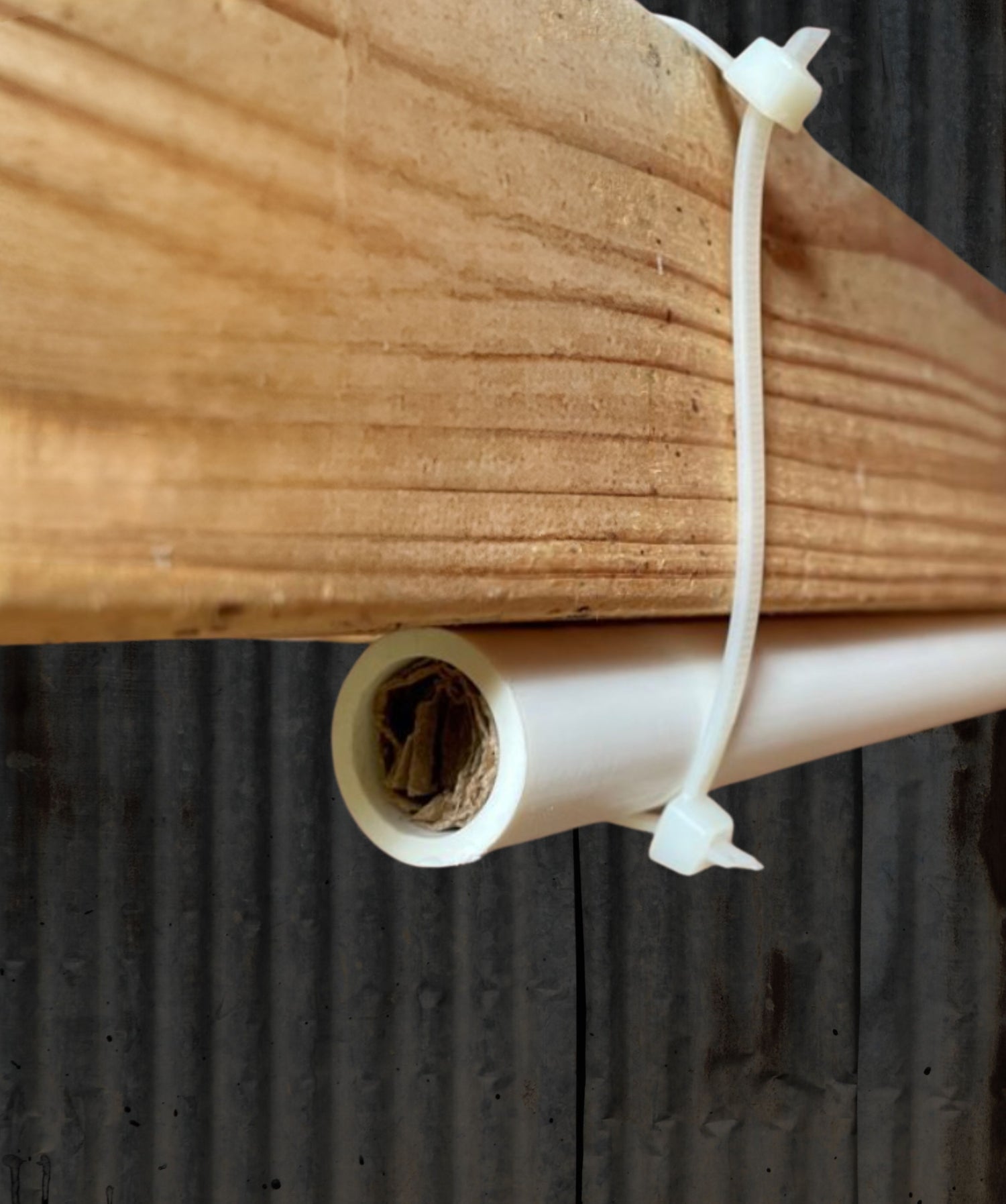
Monitoring & Early Detection
Inspect housing thoroughly at least once a week, focusing on common red mite hiding spots: beneath perches, inside nest boxes, in cracks or joints, under slats, and around conveyor belts. Use corrugated cardboard mite traps, sticky traps, or conduct regular inspections with a bright torch at night when mites are active.
Watch for clinical signs of infestation, including:
- Restlessness at night
- Pale combs or wattles
- Sudden drop in egg production
- Feather loss
- Avoidance of nest boxes or coops
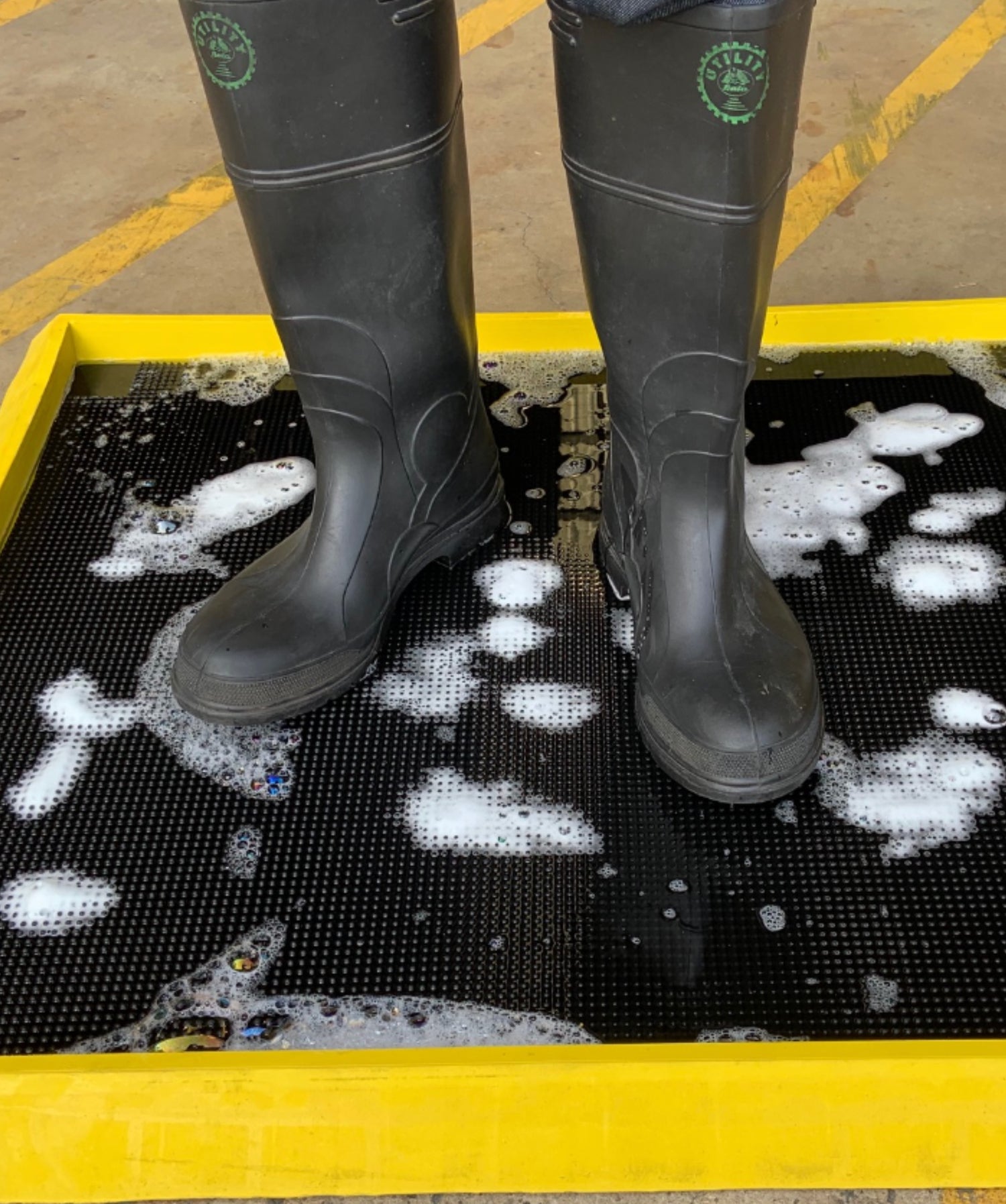
Biosecurity & Prevention
Effective biosecurity is critical to limiting the introduction and spread of red mite infestations:
- Seal structural gaps: Repair and seal cracks, crevices, and joints in housing to reduce hiding spots and limit areas where mites can establish.
- Control external contamination: Prevent mite introduction through contaminated equipment, crates, and staff clothing by enforcing cleaning protocols and providing protective gear.
- Implement “all-in, all-out” systems: Where feasible, manage flocks in complete batches with full depopulation and thorough clean-outs between cycles to break the mite life cycle.
- Manage wild bird access: Exclude wild birds by securing entry points, removing nests, and keeping feed areas clean to reduce cross-contamination risk.
- Minimise Clutter Around Sheds: Keep areas around poultry sheds clear of unnecessary equipment, old materials, and debris. Red mites thrive in dark, undisturbed spaces, and clutter provides extra hiding places that make infestations harder to control.
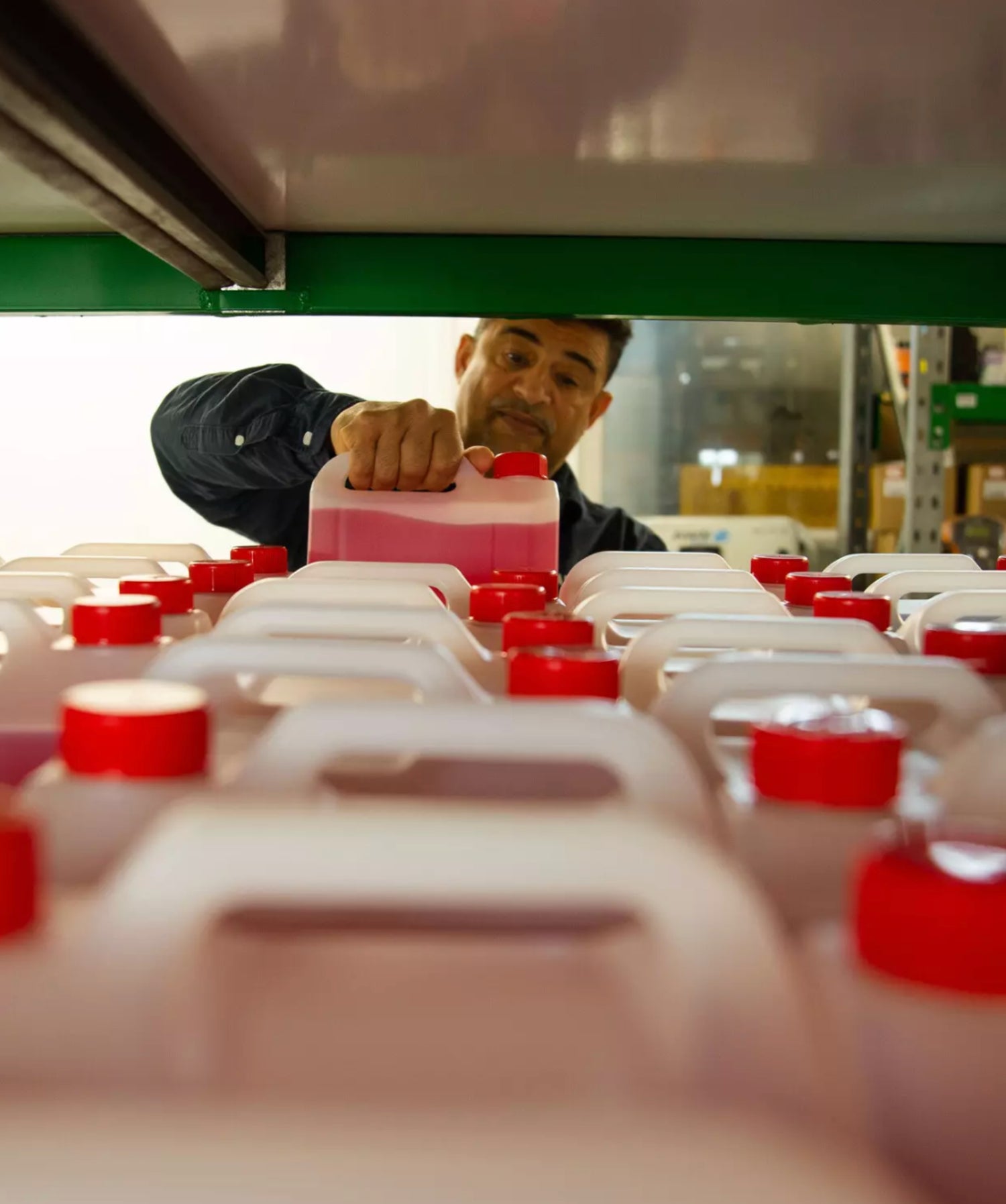
Cleaning & Disinfection
Thorough cleaning and disinfection between flocks is essential for controlling red mites and preventing reinfestation:
- Dry cleaning: Start by completely removing manure, litter, feathers, dust, and debris from the shed. Pay close attention to perches, slats, nest boxes, and all structural joints—these are common mite hotspots. Don’t forget equipment such as feeders, crates, and conveyors, which can also harbour mites.
- Washing: Follow with high-pressure washing using an appropriate poultry-safe detergent. This helps remove biofilm and organic matter, making disinfection more effective. Be thorough—mites often hide in overlooked areas, including ventilation ducts and behind equipment.
- Disinfection: Apply an approved disinfectants, acaricide or insecticide, ensuring rotation of active ingredients to avoid resistance. Pay special attention to structural joints, corners, and hidden crevices.
- Drying: Allow the facility to dry completely before restocking. A dry environment reduces mite survival and improves the effectiveness of residual treatments.
(Pictured Marvin) and the team at AWS are a great resource for advice on cleaning products and shed sanitation. They’re highly experienced with poultry environments and can recommend effective cleaners and disinfection protocols tailored to your setup.
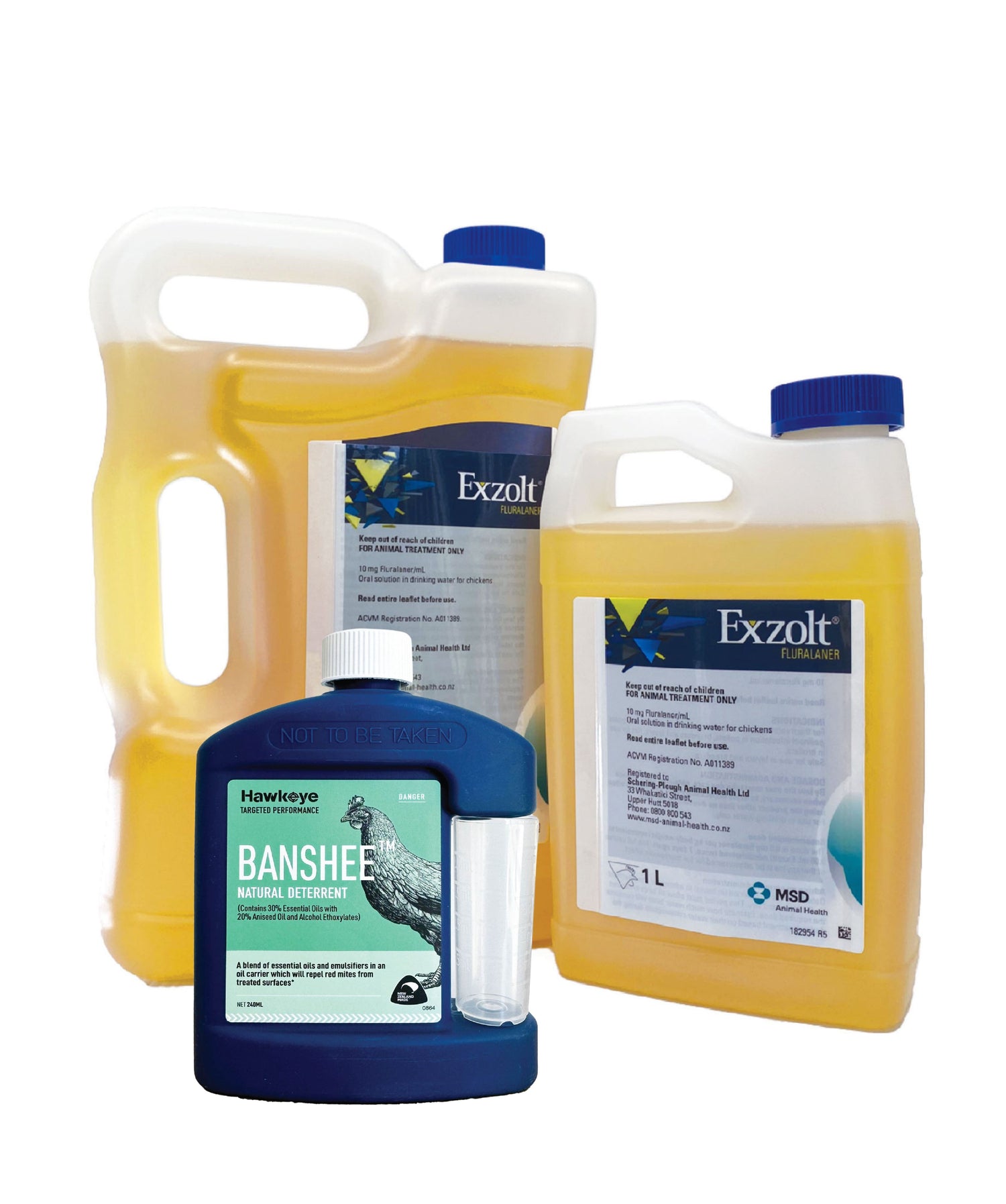
Treatment Options
Managing red mite outbreaks during lay is challenging due to limited treatment options that are safe for poultry. However, effective tools are available and are best used in combination:
Exzolt (fluralaner) is one of the only highly effective chemical treatments we have for red mites, and it should be thought of as a “break-glass-in-case-of-emergency” option. It’s an in-water treatment with no egg withholding, providing systemic control and up to 12 weeks of protection when used at the correct dose and timing. However, because it is so powerful, it should not be used routinely, overuse increases the risk of resistance, which would make this vital tool less effective in the future. Save Exzolt for major infestations where other control methods aren’t enough.
Banshee is a natural, essential oil–based housing spray developed to reduce red mite pressure in poultry systems. Applied with garden sprayers or commercial applicators, it is mixed with water at the correct rate and applied to housing surfaces (not birds). By disrupting mite behaviour rather than relying on harsh synthetic chemicals, Banshee offers a safer, low-toxicity option with low residues. It integrates seamlessly into red mite management programmes, supporting biosecurity, flock welfare, and productivity.
Bioforce predatory mites (Stratiolaelaps spp.) are tiny, beneficial mites that feed on pests like red mites and other small insects, but never on your birds. They’ve been used successfully in New Zealand for years as a natural form of biological control. By hunting and eating red mites, they help keep populations down without the need for harsh chemicals. Predatory mites are especially useful for anyone wanting to reduce chemical use, support residue-free production, or add a safe, natural layer of protection to their red mite control plan.
Osmoslay is a surfactant-based contact spray formulated to control red mite infestations within poultry housing. It acts by disrupting the mite’s outer wax layer, leading to rapid dehydration and mortality. Applied directly to structural surfaces, perches, nest boxes, and crevices, it is particularly effective in reducing mite pressure during periods of heavy infestation. As with all surfactant products, application should be managed carefully around birds, and treatments should target the environment rather than the animals themselves. Osmoslay is best used as part of an integrated red mite control programme alongside hygiene, biosecurity, and preventative measures.

Record Keeping, Resistance Management & Staff Training
Successful red mite control relies on diligent monitoring and knowledgeable staff. Maintain detailed treatment records—including product name, application date, and batch number, and consistently record mite counts before and after each treatment to assess efficacy and detect patterns.
Rotating chemical classes is essential to slow the development of resistance and preserve long-term treatment effectiveness.
Equally important is staff education. Ensure all personnel are trained to identify early signs of infestation and are confident in applying control measures safely and correctly. Emphasise the welfare implications red mites cause considerable pain, irritation, and stress to birds, leading to drops in productivity and overall health. Well-informed, proactive staff are key to maintaining effective and sustainable control on commercial farms.
